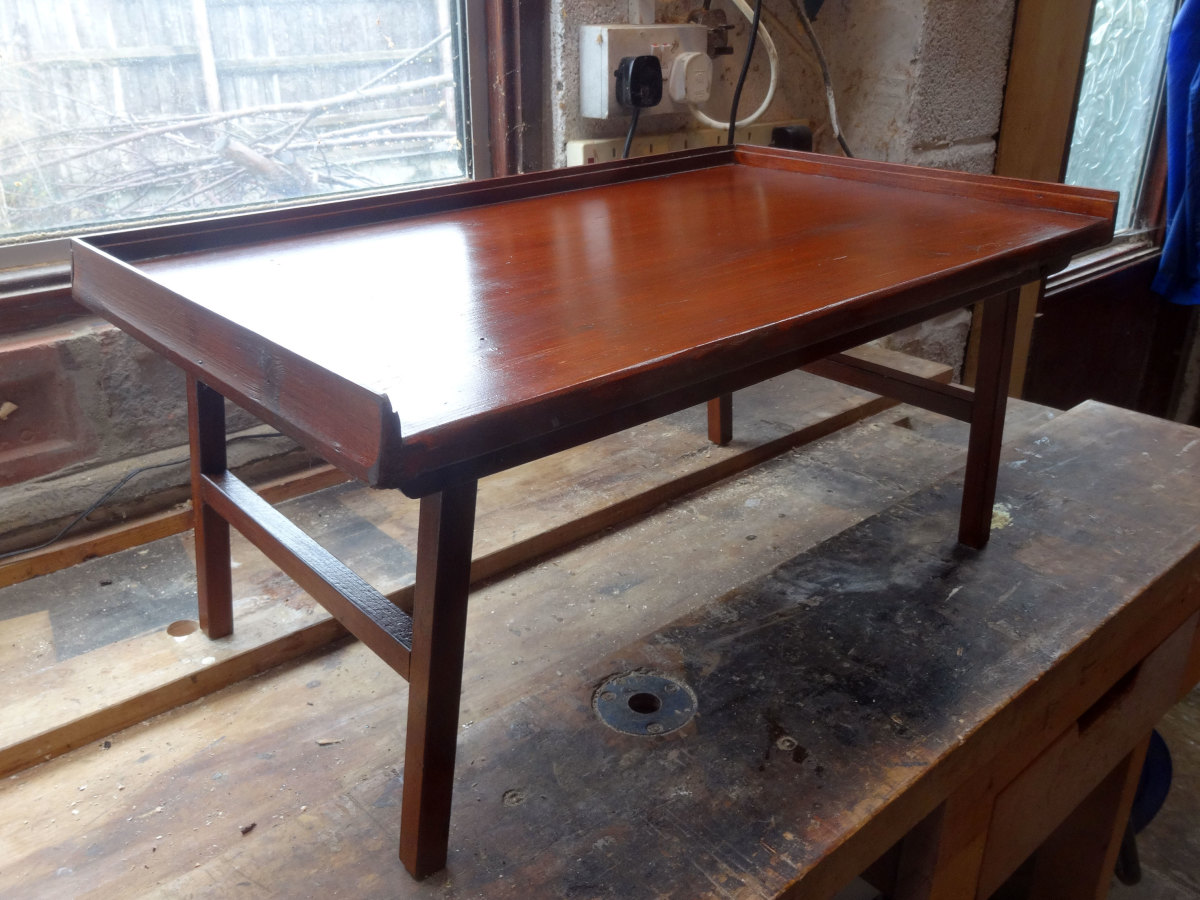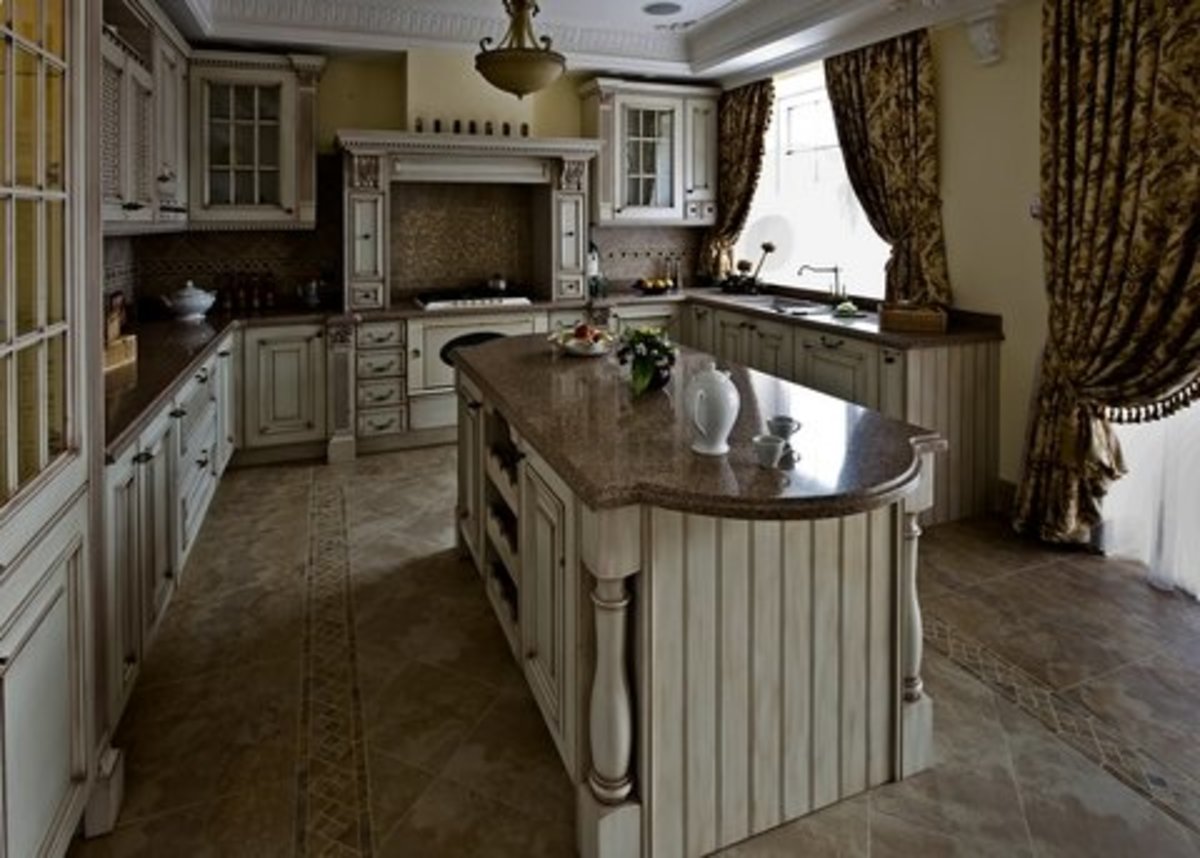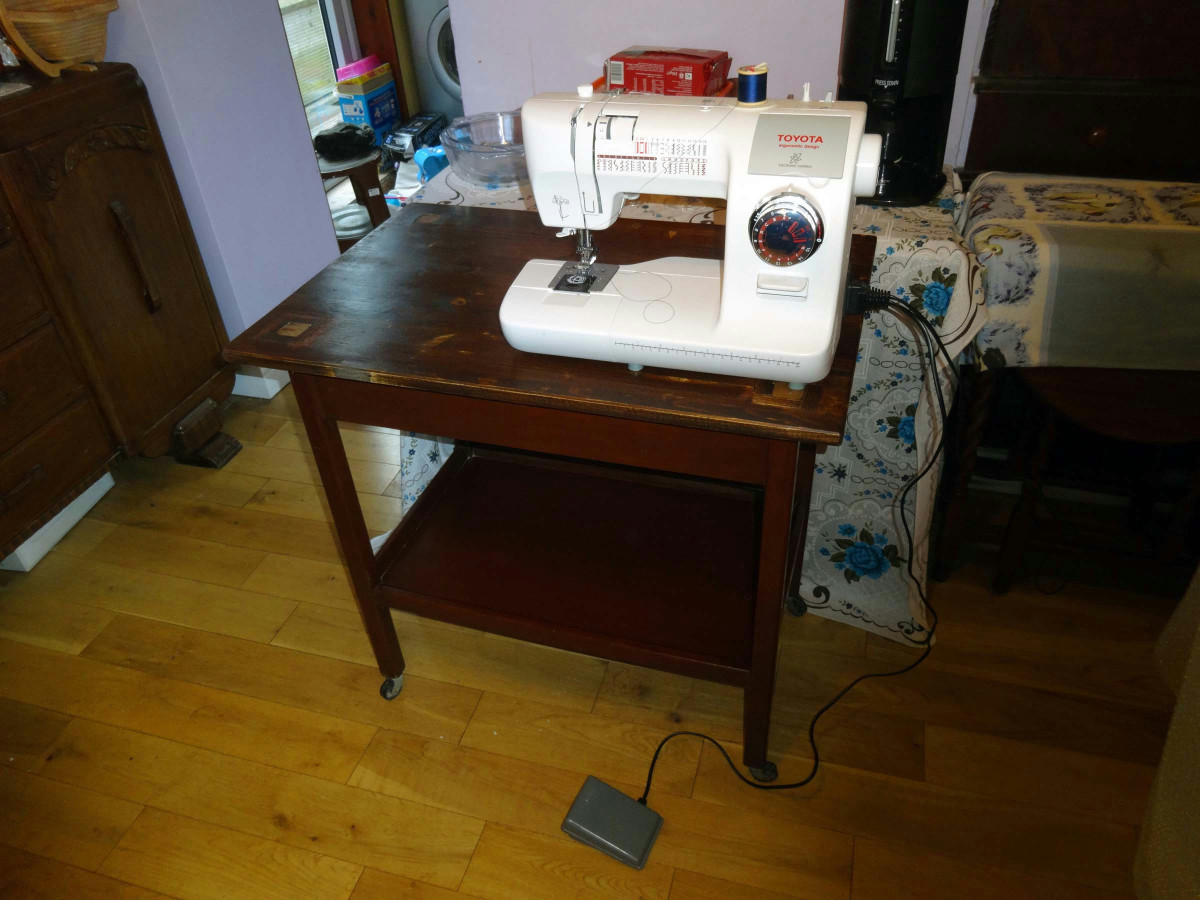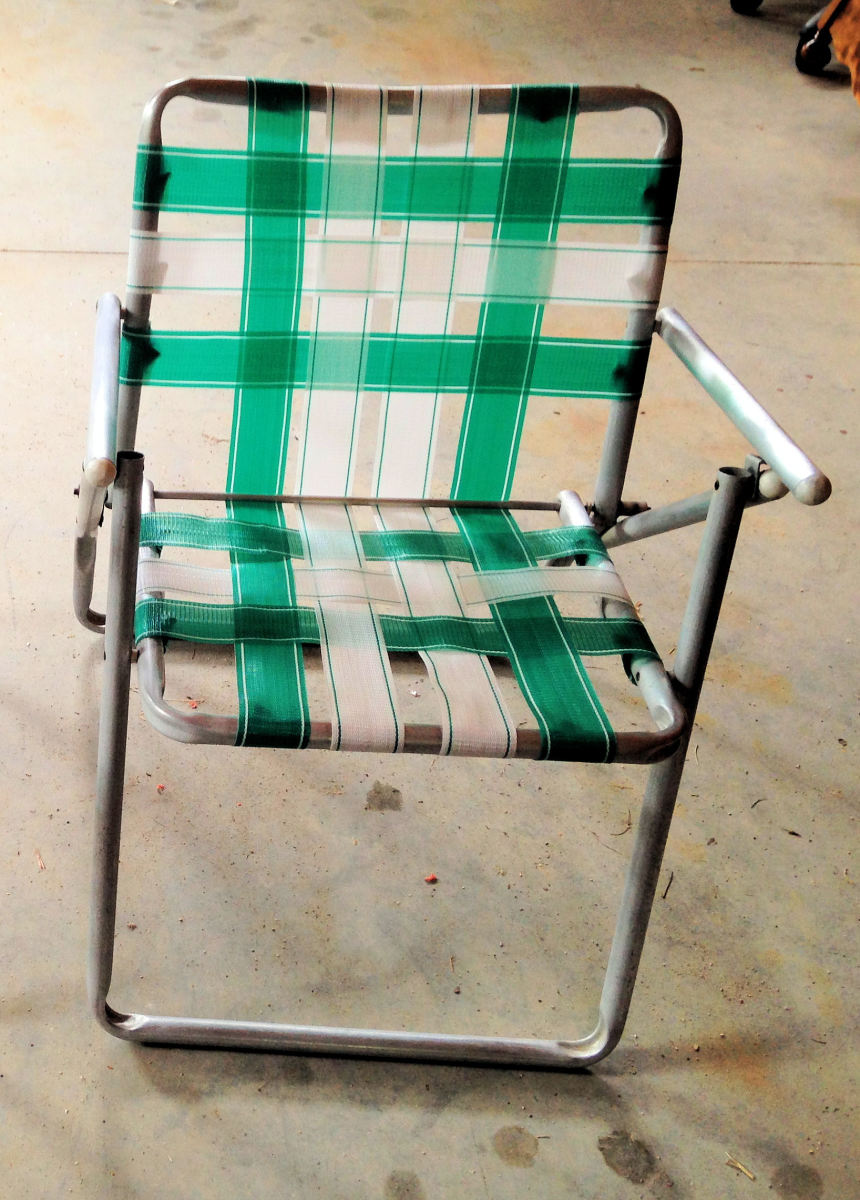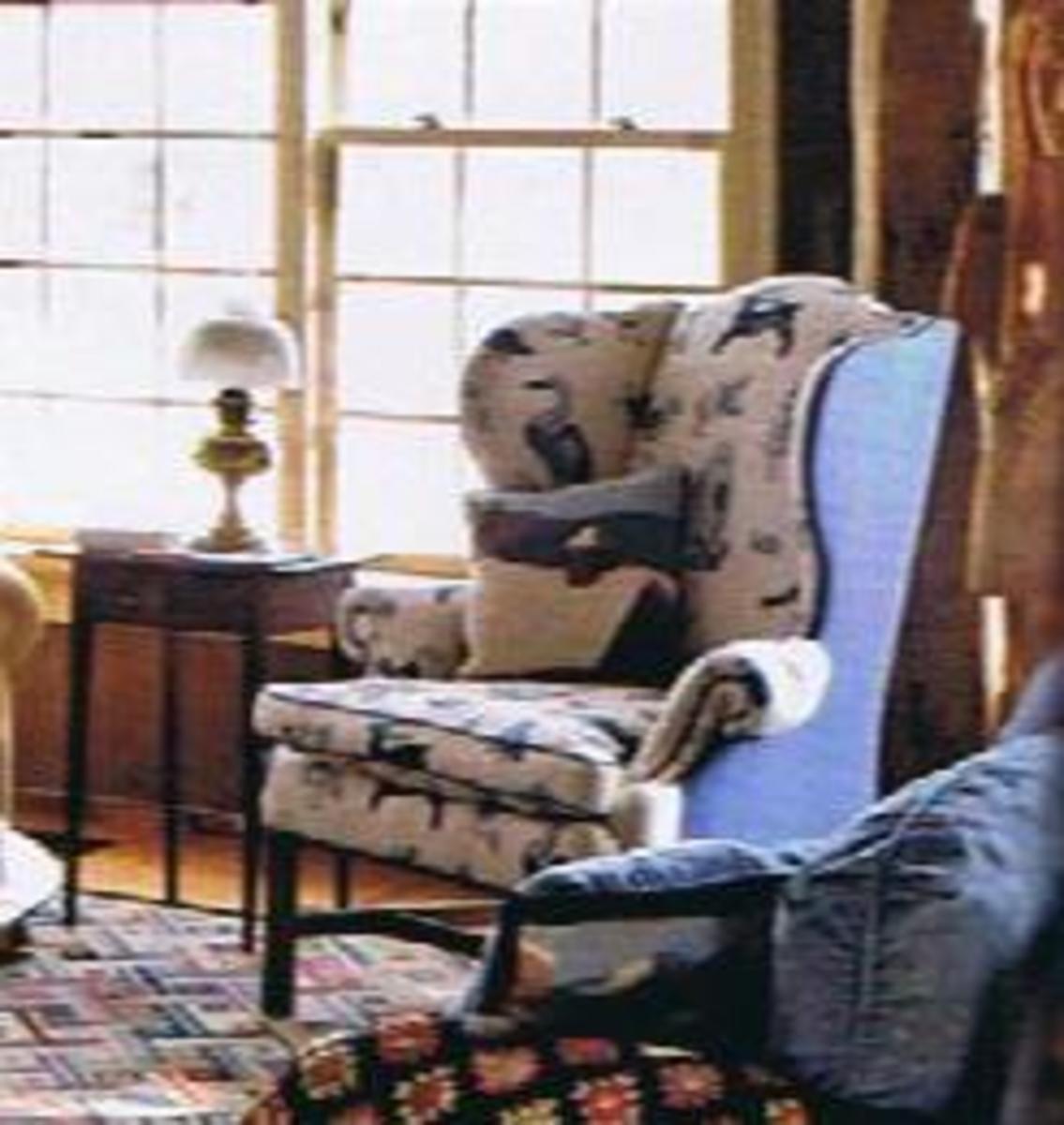Finding Table Protector Products That Work
There are many products in the market that promise to protect table tops but not all are equally effective. The prices of such products tend to vary greatly but in many cases, the prices don’t necessarily equate with the products effectiveness. Before you begin shopping for a table top protector, make sure you consider all of the options that are available first. For instance, most people associate table protectors with the clear plastic covers our parents use to cover up furniture back in the days in order to protect the items from everyday wear and tear. Today’s market is a little more creative when it comes to table protector options. You can however, still opt to use a clear cover by itself or over any tablecloth of your choice.
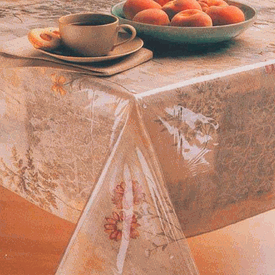
How to Make a Clear Tablecloth Protector Look Good
Clear tablecloth protectors can be purchased in just about any size you need. You can also opt to simple cut down a larger sized protector to make it fit your table. Most covers adhere to the surface of the table or directly over a tablecloth. Look for clear table covers that have some kind of clingy adhesive so it can be safely secured in place. If you are having trouble getting your plastic cover to stick, try to spray a little starch on the underside of the cover. The starch will act like a binding agent to make it stick to the surface better.
Clear covers look best and work better when they are placed over an attractive tablecloth. You can still change out the table cloth when needed but the protector will simply blend in with the tablecloth and appear less like the plastic covers of our parent’s generation. The surface is well protected from spills, stains, and even regular daily wear. You can also choose to add even more protection by adding a layer of cotton padding under the tablecloth. This is a technique used by home decorators to make a table surface less like a hard surface and more like a soft landing to place items on.
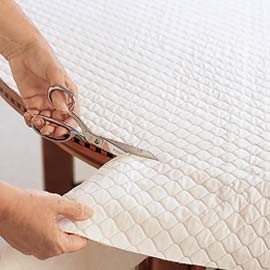
Creating Your Own Padded Table Top Protectors
It is super easy to make your own padded table protector pads. You will need to purchase enough padding to cover the surface of your table and a little bit extra to tuck underneath. Cotton padding comes in all kinds of lengths and thickness. A thin layer of padding is best for tables that are used frequently for eating or displaying fragile items. You can however use padding to make small or end tables into padded seating or ottomans by choosing thick layers of padding.
Once you have the thin layer of padding cut to size to fit your table, all you have to do is staple it or use double sided tape to adhere the cotton padding to the underside of your table. Next, place your choice of table cloth on top but make sure the table cloth is not shear. Shear tablecloths will make the padding too visible and it will become an eyesore. Some companies have begun manufacturing tablecloths with padding already included but they tend to be a little on the expensive side. Making your own is super easy and inexpensive.
Glass Table Top Protective Coatings
Glass tables require a different protective method because the glass surface is intended to be seen. Glass table protector products consist of the clear plastic covers that adhere to the surface of the glass or epoxy coating that is intended to enhance the beauty and protect your glass table top. When shopping for epoxy glass table top protectors make sure you read the directions carefully. There are many products to choose from. Some are intended for professionals and require specialized techniques in order to apply. Other products are intended for the average consumer and can easily be applied with a little bit of patience.
Most epoxy products protect the glass surface from nicks, scrapes, cracks, and even deep scratches. The epoxy bonds directly to the surface of the glass and the appearance is clarity of the surface is not altered. In fact, most people think the epoxy enhances the clarity and beauty of the glass surface. When applied correctly, the protective layer becomes unnoticeable.
If you have small children or pets, you should definitely consider protecting your furniture surfaces. Table top protective products can be used on all kinds of furniture. A small investment of money and time can add many more years of use to your current furniture.
More Table Tips
- Shopping Guide for Kitchen Tables and Chairs
Before you try to figure out if you should be shopping for large or small kitchen tables, you must first determine the amount of space you have available for a table in your kitchen. You should also... - Kitchen and Dining Table Chairs for Kids and Families
Shopping for dining table chairs can be an overwhelming task for many people. Dining room table chairs are probably the most important part of a dining room set. Chairs must be practical, comfortable, and... - Contemporary and Modern Oak Console Table Guide
The unique elegance of a glass console table makes it stand out among others and thus makes it more contemporary or modern than any other type of material. Glass has always been considered a modern element... - Outdoor Bistro Tables and Chairs Guide
French bistro tables are probably the most popular style of outdoor bistro tables and chairs on the market today. Tables for bistros originated in France centuries ago so the French style tables you see... - Guide to Purchasing a Rustic Farmhouse Table and Chairs
A pine farmhouse table set is usually very large in size and traditional in style. Solid pine is probably about as rustic as you can get. The chairs are also usually made out of solid pine and straight...


